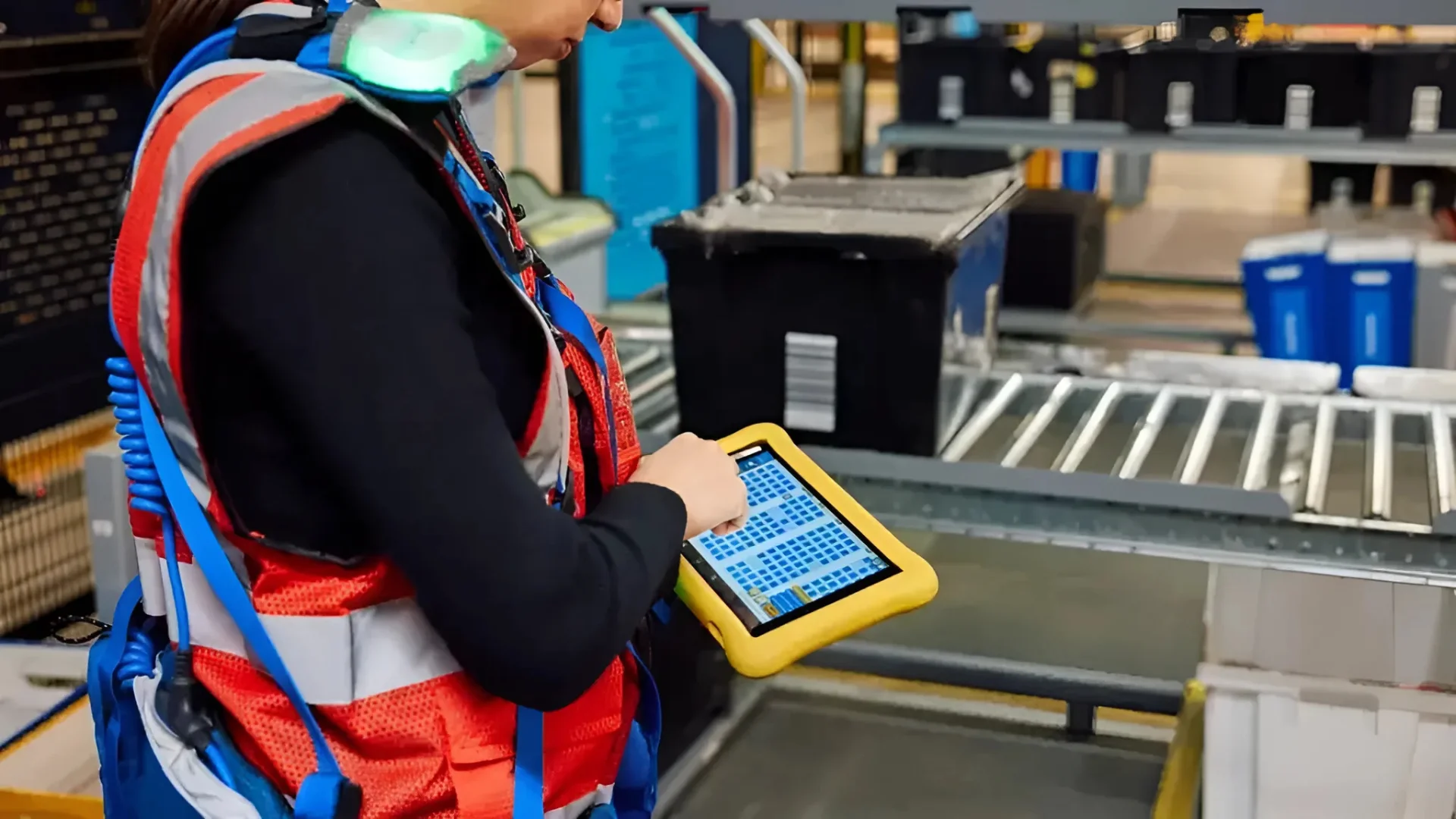Amazon has announced the launch of its Operations Innovation Lab in Vercelli, Italy. The initiative aims to advance robotics and artificial intelligence-powered workplace safety innovations, according to the company's website.
According to Amazon's "Safety Performance Continues to Improve Year Over Year" update, the company's safety performance metrics have shown substantial improvements over recent years. The Recordable Incident Rate (RIR), which measures injuries requiring more than basic first-aid, has improved by 34% over the past five years, with a year-over-year improvement of approximately 6%. The Lost Time Incident Rate (LTIR), which accounts for injuries necessitating time away from work, has improved by 65% over five years and 13% year-over-year.
Ergonomics and robotics are being utilized to mitigate the risk of musculoskeletal disorders (MSDs) within Amazon’s operations. The company reports that over the past five years, MSD recordable incident rates have improved by 32%, although MSDs still represent roughly 57% of all recordable injuries. To address these issues, Amazon is employing ergonomic workstations and adjustable height equipment. It is also introducing technologies like its proprietary ErgoPick, which guides workers to operate within ergonomic "power zones" between shoulder and mid-thigh. Additionally, robots such as Robin and Cardinal are deployed to handle repetitive tasks.
Employee feedback and proactive inspections are integral components of Amazon’s safety strategy. In its safety performance report, Amazon states that globally 7.8 million safety inspections were conducted in 2024 — a 24% increase from the previous year's 6.3 million inspections — with audits carried out at 331 sites. Tools like Dragonfly allow employees to report safety concerns directly via their devices, enabling site managers to act on suggestions and hazards in real-time. These feedback and audit systems contribute to both cultural change and operational adjustments aimed at preventing injuries before they occur.
Amazon employs more than 1.1 million people in its operations network worldwide. This extensive workforce means that even minor improvements in safety processes can have significant impacts across numerous sites. The size of this workforce underpins Amazon’s ability to deploy robotics, automation, ergonomic technologies at scale, support feedback tools like Dragonfly, and invest in comprehensive safety inspection and audit programs.

